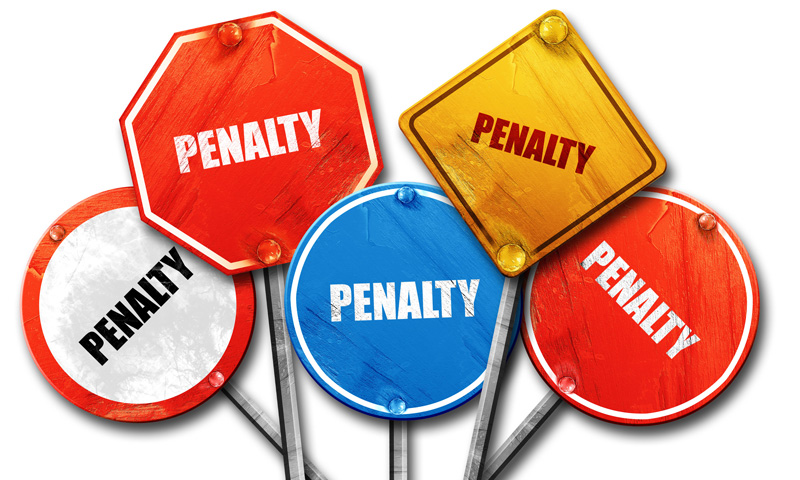Super Contributions: Use it or Lose it
If your superannuation account balance was less than $500,000 as at 30 June 2025, you have until 30 June 2025 to catch up any unused concessional superannuation contributions from 2020.
From the 2020 financial year onwards, new rules came into effect that enabled individuals with a total superannuation balance of less than $500,000 to catch up on superannuation contributions that may not have been maximised made in prior years.
For example, in the 2020 year, the total concessional contribution cap was $25,000. If you only made contributions of $15,000, then you have $10,000 unused from that same year. You can carry this unused cap balance forward for up to 5 years. After 5 years, the unused balance expires. This means that you have until 30 June 2025 to use up any unused concessional cap from the 2020 financial year. If you don’t use up the 2020 carried forward balance before 30 June 2025, it will be lost.
But there’s a catch: your current year contributions first go towards this year’s cap. Once that is maxed out, any extra goes towards past years, starting from the oldest.
So, to claim your 2020 unused cap, you’ve first got to max out your 2025 contributions ($30,000). Anything above that goes towards your unused caps from previous years, starting with 2020.
Not sure what your prior year unused caps are? Check your myGov account or as your tax agent.
Now, before you go all in, chat with your financial planner to make sure it aligns with your retirement goals.
Remember, if you are looking to claim a personal tax deduction for superannuation contributions, you need to:
- Ensure the contribution is received by your superfund prior to 30 June 2025;
- Give your superannuation fund a “Notice of Intention to Claim a Tax Deduction” for the contributions;
- Receive an acknowledgement letter from your fund prior to lodging your 2025 tax return.
If you’re considering extra contributions this year, talk to your tax agent and your financial planner to figure out how much and if it fits your retirement plan.
DISCLAIMER: The information in this article is general in nature and is not a substitute for professional advice. Accordingly, neither TJN Accountants nor any member or employee of TJN Accountants accepts any responsibility for any loss, however caused, as a result of reliance on this general information. We recommend that our formal advice be sought before acting in any of the areas. The article is issued as a helpful guide to clients and for their private information. Therefore it should be regarded as confidential and not be made available to any person without our consent,

Jeanette has over 20 years experience as an accountant in public practice. She is a Chartered Accountant, registered tax agent and accredited SMSF Association advisor. When she is not helping business owners grow their empires, you will likely find her out running on the trails or at the gym. Book in to see Jeanette today.







